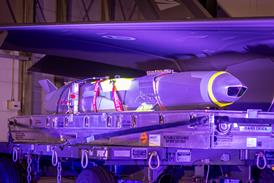Australia's Civil Aviation Safety Authority (CASA) has released a notice of proposed rule making (NPRM) for the carriage and use of automatic dependent surveillance - broadcast (ADS-B) avionics as the country implements its upper ADS-B programme (UAP).
Airservices Australia is establishing 28 ADS-B ground stations throughout the country to provide ADS-B surveillance service above flight level 300. The UAP, using a Mode S extended squitter datalink, was launched in June when the first ground stations came on line.
CASA says the safe provision of service depends on the correct operation of aircraft equipment and adherence to procedures, but Australia does not currently have such standards for ADS-B. Technical and operational standards are needed to support the widespread use of ADS-B, according to CASA.
ADS-B offers "considerable economic and safety benefits", it says, but the costs and benefits will depend on the type and number of aircraft, type of operations and locations. "The benefits will accrue as more aircraft are fitted with the avionics equipment," it adds.
The UAP is based on the voluntary equipage for ADS-B. Australia was considering mandatory equipage if it was decided to extend the programme below FL300, but a decision on the so-called ADS-B in lieu of en-route radar was deferred this year after Airservices said elements of the aviation industry and government needed more time to consider costs, timeframe and implementation issues.
The ADS-B NPRM, which is open for industry comment until 22 December, was developed by an industry group including representatives from Airservices Australia, the Aircraft Owners and Pilots Association, the Australian Sports Aviation Confederation, CASA, the Regional Aviation Association of Australia and Virgin Blue.
Source: Flight International























